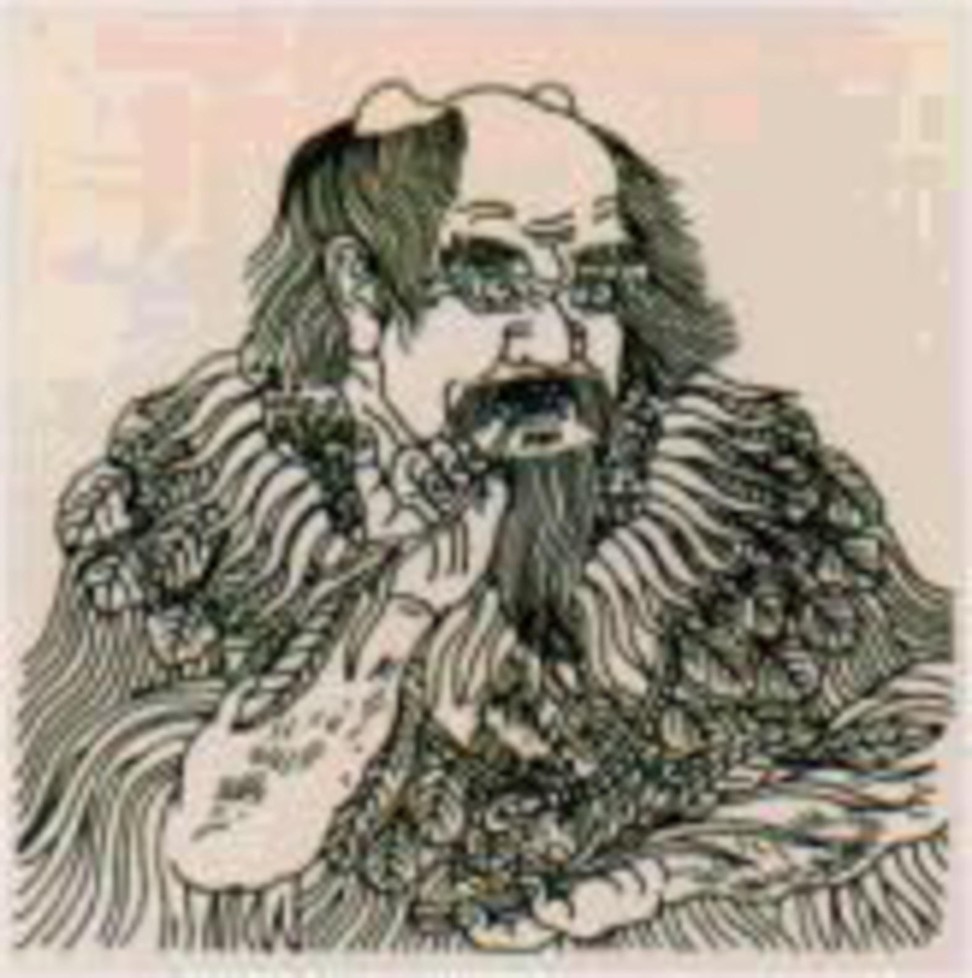
How tea was discovered by accident in China
According to Chinese legend, one of the world’s most popular beverages was discovered by the mythical ‘divine farmer’ Shennong, who used cha as an antidote to poison

Every time I go back home to Singapore, I have at least one Peranakan meal, be it a bowl of nyonya laksa or a whole table of dishes.
The Peranakans are descended from early Chinese and Indian settlers in Southeast Asia who married locals and adopted aspects of local culture. When it came to the culinary arts, they borrowed from everyone – ingredients, cooking methods and presentation – and fused them to create something unique. To me, Peranakan food is quintessentially Singaporean: not quite Chinese and not quite Malay, with a dollop of Indian and a hint of European.
Two weeks ago, I was having lunch in a Peranakan restaurant in Singapore, enjoying chicken cooked with buah keluak (the nut of the Pangium edule plant), sayur lodeh (vegetables simmered in coconut milk) and other delectable victuals, when a thought occurred to me: who discovered that buah keluak and coconut milk could be used for food?

Fresh buah keluak, which contains cyanide, can be lethal if eaten without proper processing, while coconut milk can be expressed only from the grated inner flesh of a mature coconut. These are not ingredients you simply throw into a pot or heat over a flame; they require laborious and meticulous preparation before they can be consumed. So who were these first intrepid cooks who had the imagination and wherewithal to experiment with ingredients and techniques?
One such person can be found in Chinese mythology – Shennong, literally the “divine farmer”, who experimented with potential ingredients to test if they were edible and beneficial to humankind. In some stories, he is the king of a tribe of people who were one of two progenitors of the Chinese nation (the other being the tribe ruled by the Yellow Emperor); in others, he is a demi-god with horns and a transparent abdomen through which his viscera are visible.

Shennong is said to have invented agriculture by identifying cultivable crops, making farm implements and devising cultivation techniques. He has also been credited with the discovery of medicine.
As the world’s first farmer and health care specialist he conducted experiments by consuming all the plants he could find. Along the way, he discovered that the grains of certain plants satisfied hunger and could be cultivated in large quantities, and that certain herbs possessed medicinal qualities. But, in addition to the beneficial plants, he was also ingesting harmful ones. Shennongfound that drinking an infusion of leaves from the evergreen shrub Camillia sinensis (literally “Chinese tea plant”) could neutralise poison, and that is how tea was discovered circa 2437BC.
Shennong, in fact, was not a single person but the personification of human inventions and discoveries. Just as the ancient Romans explained fire by way of the god Vulcan, the ancient Chinese attributed to Shennong the results of collective human wisdom and inventiveness.